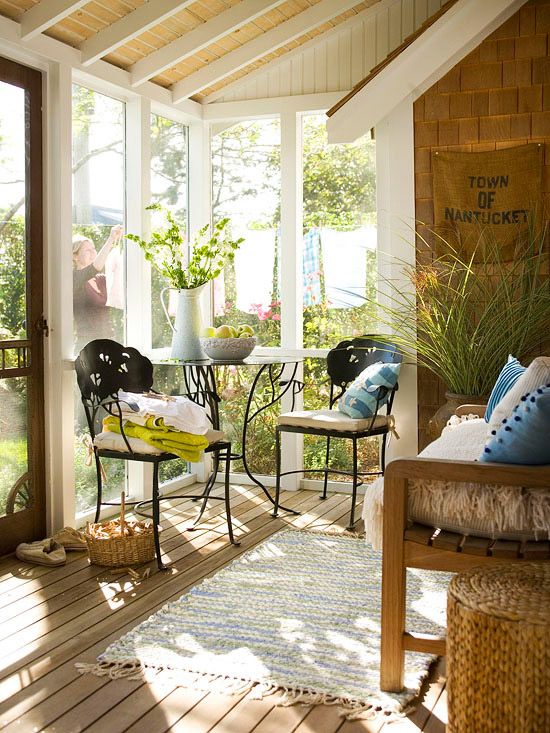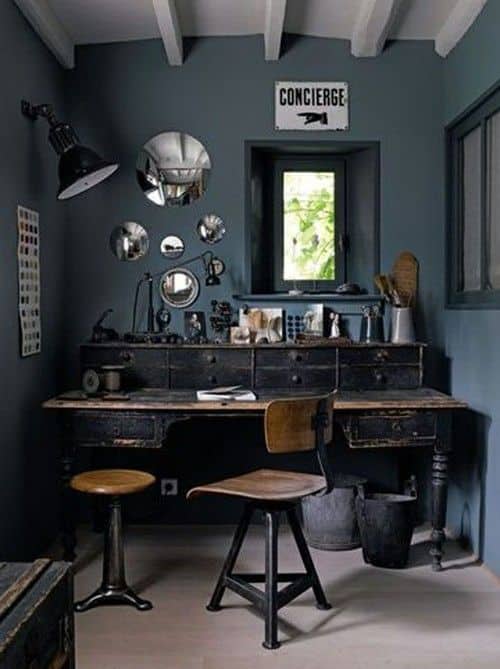Table of Content
This was truly wonderful laying out the steps to get organized in my medium-sized office space at home. I love the idea of zoning and maintaining a filing system. A lot f people don’t think they need them any longer since bills are paid online. Once you have all the papers up and out of the way you should have a bunch of miscellaneous items left. I like to tackle things by themes making this just easier to deal with.
But not just any label, a specific “this is exactly what belongs inside” label. This will make using your new organizers much easier which will, in turn, make it easier to keep up with them for the long haul. Sundays are a great time to do a little office cleanup. At the same time you are mapping out your week ahead you can clean up any papers and mess in your home office. Each time you find something that you need to take action on, add it to your weekly to-do list.
Organizing
Every year in January you will go through your short term files and pull everything you need for taxes. Those items will transfer to that year’s tax folder and move to the long term files. Next, decide on where you will be filing your day to day household documents. Depending on your home office, or lack thereof you may decide to use File Boxes, a File Cabinet or your Desk. The actionable paperwork should be kept in a central area of the home where you can easily place it and see it daily.

That allows you to be more organized without sacrificing your desk space. Because what used to clutter your desk is now hanging on the wall! The system comes with mounting hardware and four 3M Command Mounting Strips that integrate into the Wall Plate. Mount it to the wall, and using the magnetic strips, attach your preferred plates and containers .
Paper Handling & Filing
Finally, if you have a lot of supplies, consider using a filing cabinet to store paper, envelopes, and other items. With all of these options, you’ll have an organized and easily accessible array of office supplies that is sure to make your work more efficient. If you’re worried about identity or financial theft, then you should shred or incinerate any paper documents that contain your personal information. This includes things like bank statements and credit card statements, especially those that have expired or that you no longer need. On Friday I remove the mail from the organizer and then discard the junk mail. Next, I put bills in the “To Pay” tray and documents like bank statements in the “To File” tray.
They document identification, ownership, legal and financial status, employment, education, and family history. In many households, one adult may be better-suited to record-keeping and financial tasks. Never search again for an important household paper. Organize your record-keeping system to save time and effort. Forget the backlog of yesterday’s unfiled stacks, at least for now.
Paper Organizer
Use a collection basket or inbox to corral all snail mail, printouts, things you think you might need, and random papers that float across your desk or through your house. Typically, when we are talking about organizing paperwork at home, most people will go with a filing system based on Category or Alphabetical. This article will give you some ideas that you can use to bring order to your home office and get your paperwork under control. You should hold onto legal proceedings, such as lawsuits, for at least seven years. If your legal documents deal with your estate planning, change in marital status, or licensed proof of ownership, you should keep them for life. Choose a password that you can remember but would be difficult for a hacker to crack.

Steps you can do in small pockets of time without any of the overwhelm that can often come with a decluttering and organizing project. Anyways, if your a die hard scrapbook-er or just don’t have the heart to toss these items and plan on doing something with them… tuck them away somewhere safe. Don’t let them get mixed up in your office paperwork. In our current home, we moved our home office around a couple of times.. Then when we were ready to turn said loft into a home theater we moved the office downstairs into a spare room. I HATED being down there and the Feng Shui was just off.
(7 File Folders Total) Last year through 8 years ago:
These things are debatable, because there is an argument that most things could just be scanned. Replace your old philosophy with a new, improved way of thinking about files. Place any mail for other household members in special alotted areas that they know to check. Any subscription magazines or newspapers get put in a rack or place they will be read. How to organizeall the paperwork that comes into your home.

Start your goal list on the SMART Goal Setting Worksheet . Remember to be specific and measurable, with a planned timeline for accomplishment. Be realistic in setting goals that you can actually attain. Update debit and credit card information when you secure new cards and cancel old ones. Information that is difficult or impossible to replace should be stored in a safe-deposit box or fireproof, waterproof, burglar-proof home safe.
Sometimes stickers or colored labels can be a good compromise. Here is a list of 70 file cabinet organization categories that you can use to help you organize your paperwork. Use it to store documents that you will eventually shred or recycle.
Remember to move things around as you are looking for trash. Put your plans into action with frequent goal reminders. Post your Goal Setting Worksheet where you will see it often. To stay motivated, visualize the positive outcomes that you’ll experience when you complete your goal. Frequently evaluate your progress and make changes as needed. Once you achieve a goal, enjoy your accomplishment and move on to the next one.
Finally, staying motivated and focused will help you remain organized and on track. Set aside a few hours each day to stay organized and let go of distractions during those times. Planning ahead and keeping yourself motivated will be the key for achieving the goal. Store supplies in appropriate containers and labelled boxes. Remove things you no longer need often to create a clean and uncluttered workflow. An alternative is to store them in a secure lock box or file cabinet, if you have the space.
As long as you find one that you are able to use every day without fail. Keep things simple so you, or anyone in your family, can use it easily. This helps me to know quickly what things can stay and what things need to be put away.

No comments:
Post a Comment